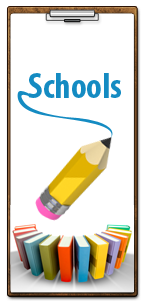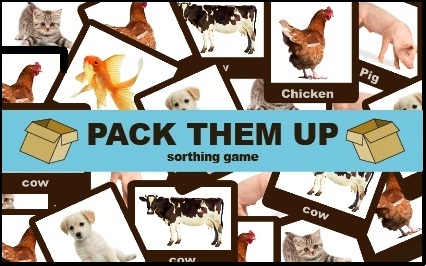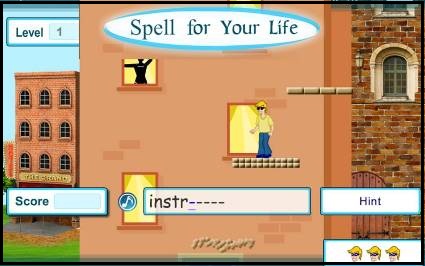An interactive English phonics and vocabulary website that utilizes categorized word lists to help ELL students learn how to read English. An audio recording of each word to lets kids practice English pronunciation. There are lessons on three different levels to teach ELL students phonics topics such as short and long vowels, “magic e,” consonant digraphs and blends, hard “c” and soft “c”, word families, prefixes and suffixes, and the schwa sound. In addition, the lower levels include lessons on sight words. Complete the ESL and EFL lessons in order for step-by-step instruction or choose a lesson topic.
Beginner

Intermediate

Advanced



Six different activities let ELL students learn how to read English with lists of words on different phonics topics, plus sight words. Slideshow uses entertaining photos and audio recordings to introduce the lesson words and help kids improve their English pronunciation and vocabularies. Spelling offers practice in spelling the words correctly with a time limit and photos to make it fun and challenging. Matching builds vocabulary as kids learn the definitions of the words through matching words with photos. Fill in the Blank and Cloze put words in context as well as offer reading and sight words practice. The leveled cloze texts help kids learn how to read English, build fluency and comprehension, and become more confident readers. At the end of these activities ELL students have the opportunity to learn from their mistakes with comprehensive error analysis and scoring. In the “Pairs” activity, engaging photos help kids understand synonyms, antonyms, and homophones. These important literary skills improve both reading comprehension and writing. Category slideshows help build kids’ ESL vocabulary in a variety of subject areas such as anatomy, family, plants, kitchen, and transportation. Free ESL games give students the opportunity to challenge themselves and have fun while reinforcing new English skills. Now in development, the Teachers’ Platform will allow teachers to modify lessons to fit the needs of their students as well as track their progress.
























